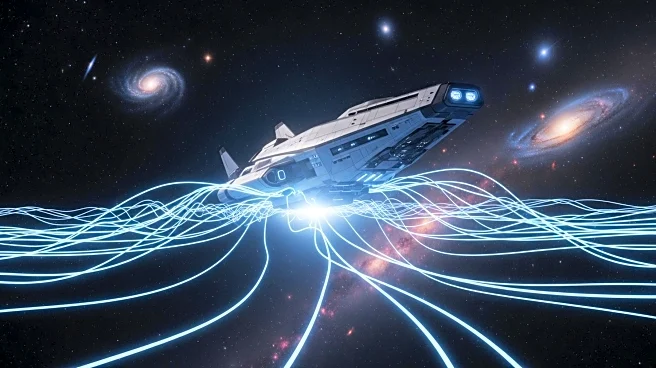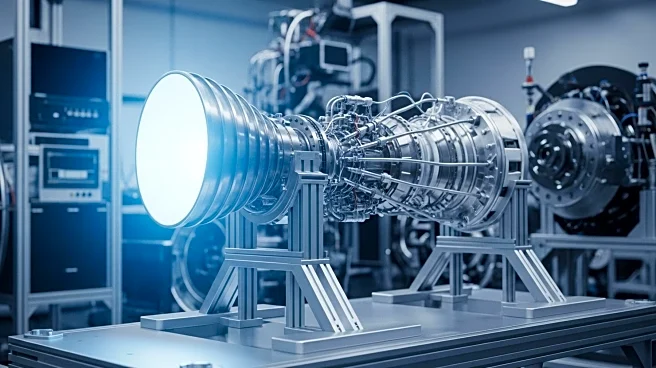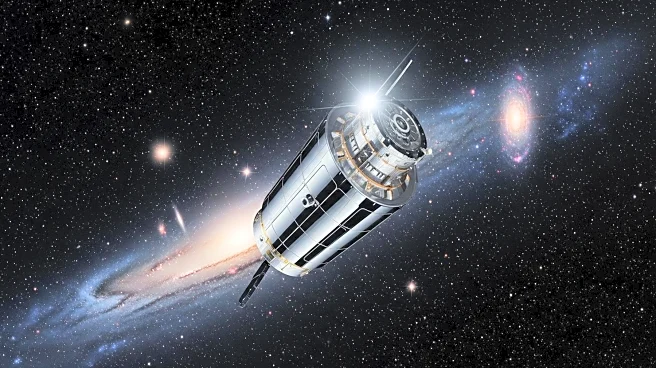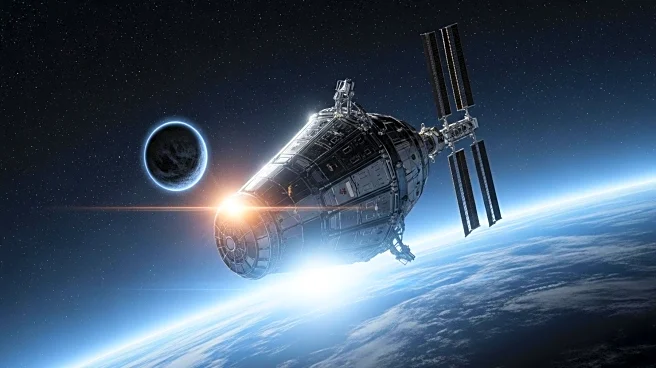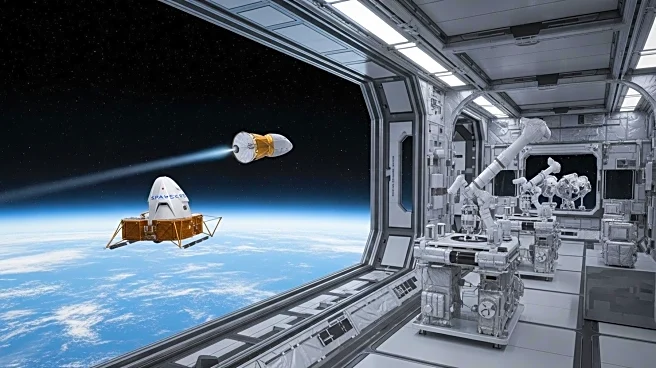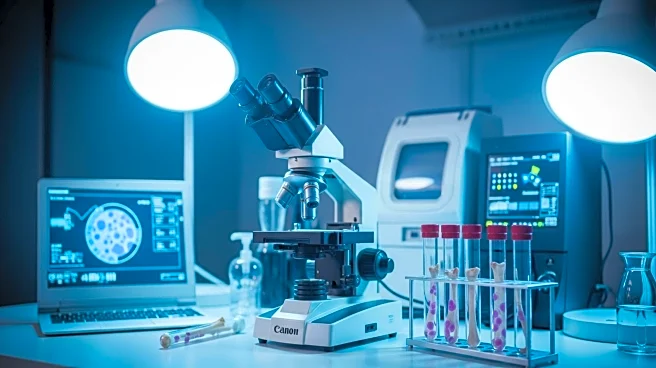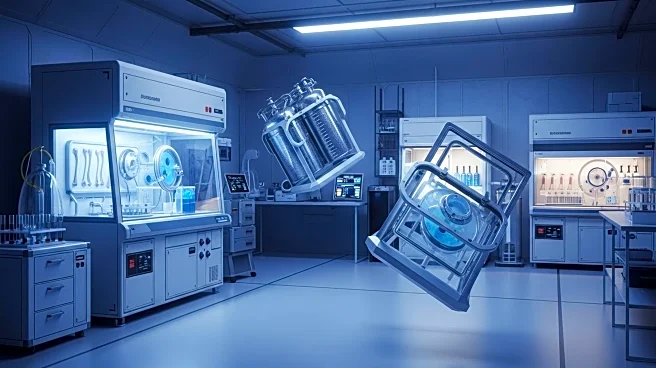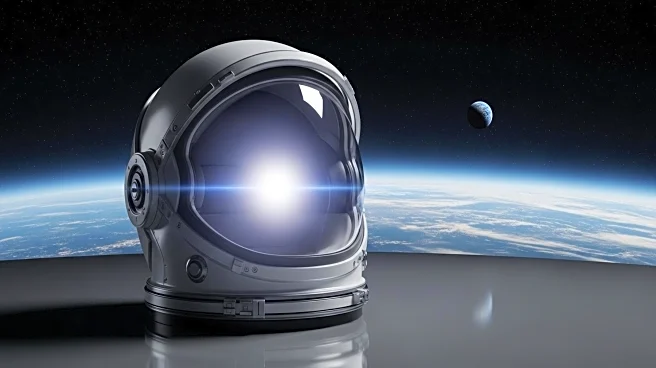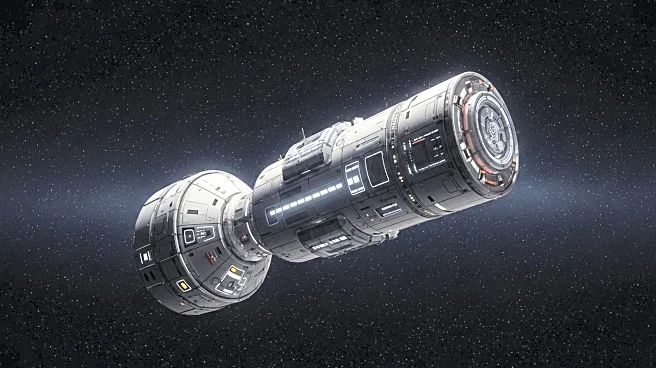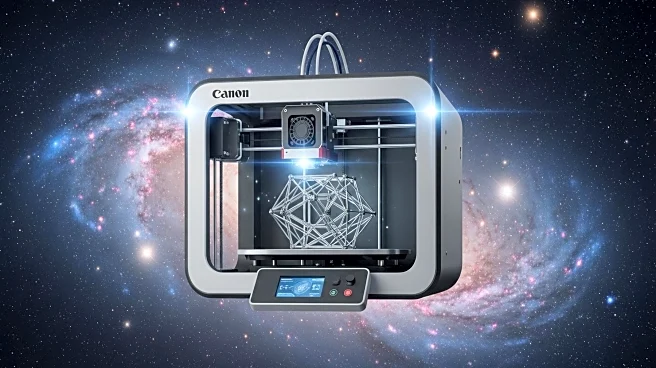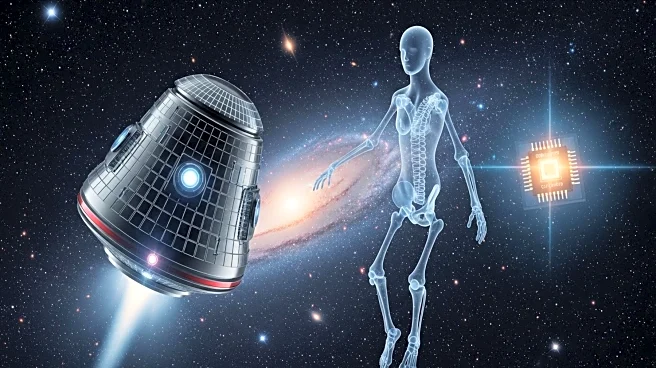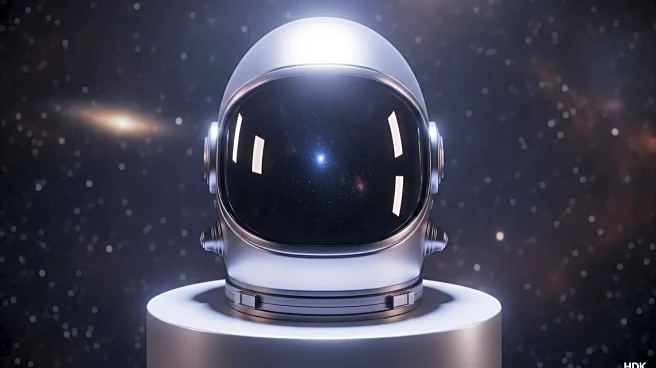What is the story about?
What's Happening?
SpaceX's Dragon spacecraft has successfully performed a reboost maneuver for the International Space Station (ISS), raising its orbit by approximately one mile. This operation utilized two Draco engines located in the trunk of the Dragon cargo spacecraft, demonstrating SpaceX's capability to maintain the ISS's altitude independently of Russian rocketry. The maneuver lasted over five minutes, and further tests are planned throughout the fall. This development comes amid concerns about the reliability of Russian spacecraft used for ISS reboosts, highlighting SpaceX's growing role in supporting the station's operations.
Why It's Important?
The successful reboost by SpaceX's Dragon marks a significant step in reducing the ISS's reliance on Russian spacecraft, which have been the primary means of maintaining its orbit since the retirement of the Space Shuttle. This capability is crucial for the long-term sustainability of the ISS, especially given the reported issues within the Russian space program. SpaceX's demonstration not only enhances the operational flexibility of the ISS but also positions the company as a key player in future space station logistics, potentially leading to more contracts and collaborations with international space agencies.
What's Next?
SpaceX plans to conduct additional reboost tests with the Dragon spacecraft, potentially leading to regular use of this capability for ISS maintenance. As SpaceX continues to demonstrate its reliability, NASA and other international partners may increasingly rely on SpaceX for critical operations. This could also pave the way for SpaceX to develop technologies for the eventual controlled disposal of the ISS. Stakeholders will be watching closely to see how SpaceX's role in ISS operations evolves and what implications this has for international space collaboration.
AI Generated Content
Do you find this article useful?


